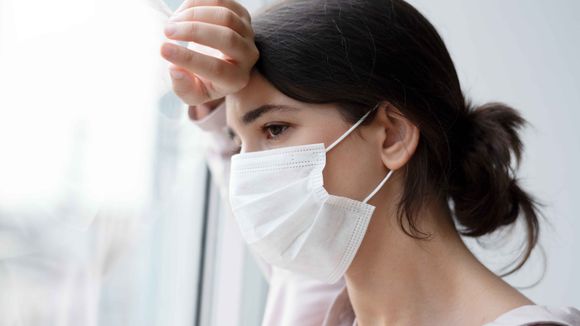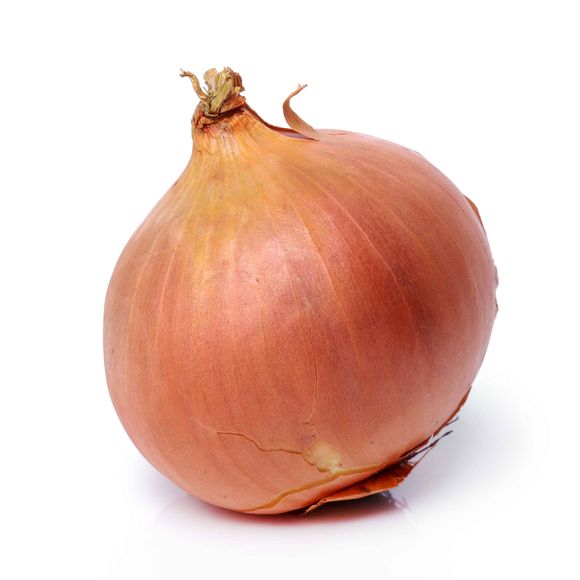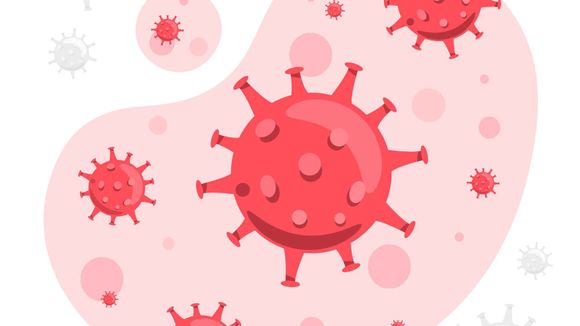What are the causes of hair loss?
People who experience hair loss after a sars-CoV-2 infection may notice large hairballs falling off during their daily combing or while washing their hair. The phenomenon is known as telogen effluvium but is not strictly specific to coronavirus infection.
About 90 percent of the hairs on our scalp are in a growth phase called anagen, and about 10 percent of the hairs are in a resting phase called telogen. On our scalp, the anagen lasts about three years, and then the hairs begin to pass into telogen, which lasts between two to six months. At the end of the telogen, our hairs are separated from their follicles and gradually replaced by new anagen hairs. Then the growth cycle continues.
On average, people lose about 100 to 150 hairs a day. But when a person experiences a stressful event, including COVID-19 infection, our bodies can prematurely move more of the normal part of growing homogeneous hairs into a telogen state of rest. "Instead of the usual 10 percent of hairs that are in the rest and fall phase, up to 50 percent of hairs rest and fall, which is much more than normal," says Powell Perng, M.D., a dermatologist and hair loss specialist (alopecia) at Utah Health University. [ref. 1]
Scalp condition changes after illness
As already mentioned, sudden and temporary hair loss has a medical name: telogen effluvium. This occurs when stress or illness causes much more dripping than the typical 50 to 100 hairs a person loses per day. It is not specific to Covid-19, however: experts have known for a long time that severe illness, surgery, blood loss, hospitalization, childbirth, and extreme emotional events, such as the loss of a loved one, can cause telogen effluvium. Researchers found that people with a history of Covid-19 infection were four times more likely to develop hair loss than those who were not infected. [Ref. 2]
We don't know the complete explanation of how these physical and emotional stressors cause telogen effluvium. Many dermatologists believe the stress hormone cortisol may play a role, although there may be other chemicals that tell hair follicles it's time to fall, according to Dr. Luis Garza, a professor of dermatology at Johns Hopkins University School of Medicine. [ref. 3]
In normal times, each of your hair goes through three phases – a growth phase called an anagen phase, a transient or catagenic phase, and a phase of rest, also known as the telogen phase – after which the thread falls and the follicle repeats the whole process. Threads pass through different phases of the cycle at different times; only five to 10 percent of your hair should be in the telogen phase at any given time.

COVID-19 infection and hair loss
Unlike most COVID symptoms that occur days or weeks after infection, you will usually notice hair loss two to three months later. In general, cases of telogen efflovium, other than COVID, cause the hair to begin to fall out after about three months.
According to published reports, hair loss after a COVID-19 infection can occur a little earlier than usual. Other studies also reported faster recovery, about two to three months compared to an average of six months. [ [ref. 5] ]
Since more hair follicles than normal are in a latent phase and have begun to separate, people usually see changes in their hair with each hair movement and combing. Initially, hairballs will appear when combing your hair or after a shower. Then the hair will begin to thin within a few weeks, after having such balls with hair.
It is important to remember that the fall of hair is due to a disruption of the growth-regeneration process, not actual hair damage. The hair will grow again over time, because the follicles are still there.
How long does COVID hair loss last?
For those interested, the good news is that COVID-related hair loss is generally a temporary problem and eventually the hair will grow back. However, patience is needed, as re-growth can take six to nine months and possibly up to 18 months.
Usually women are more severely affected, and in this regard we need to take into account the role of hormones. Estrogen and progesterone, female hormones, may play a role in hair loss during COVID-19, since most such patients are women. They have anti-inflammatory effects, as estradiol acts on hair follicles to enhance their growth and improve hair cycle. Progesterone can reduce the conversion of testosterone into its active form, which in turn is associated with alopecia.
Therefore, in the acute phase of COVID-19, the balance of these hormones can change, causing a decrease in their levels leading to hair loss in women.
How to deal with hair loss after COVID-19 with natural methods

- Onion juice - The idea is that sulfur in onion juice helps restore hair. There is not much research on this, but a small study tests it in people with alopecia areata, which causes stain hair loss. Half put onion juice on their scalp twice a day; others used tap water. After 2 weeks, 74% of the group who used onion juice had more new hairs, compared to 13% of tap water users.
- Iron - This extremely important nutrient helps the body to produce blood, and its low levels are associated with hair loss. The reason for this is not clear, so consume iron-rich foods such as meat, fish, poultry, tofu, broccoli, and all kinds of vegetables. However, talk to your doctor before taking iron-containing pills. In high doses, iron can cause vomiting and constipation.
- Biotin - Some doctors prescribe biotin (aka vitamin B7) for hair loss and to achieve good results. Eggs, wheat germ, and mushrooms contain a large amount of biotin.
- Zinc - Since zinc helps most processes in the body that keep you alive, it's no surprise that it also strengthens the follicles under your scalp that nourish your hair. Your body has no way to store zinc, so you need a little of it in your diet every day. If zinc levels are low, there is some evidence that taking zinc orally can help with hair loss, but more research is needed.
- Aromatherapy - Sandalwood oils [ [ref. 6] ], lavender [ [ref. 7] ], rosemary [ [ref. 8] ] and thyme [ [ref. 9] ] are used to treat hair loss for more than 100 years. It is believed that compounds in them stimulate hair growth. You can try rubbing one or more of these oils into your scalp for at least 2 minutes each night. Then wrap your head with a warm cloth to soak.
- Hair mask with aloe vera and fenugreek - Fenugreek seeds [ [ref. 10] ] have a high content of proteins known to be useful against hair loss and dandruff, as well as in the treatment of dry hair, baldness, and thinning hair. Aloe Vera [ [ref. 11] is widely known as the "elixir of life". These two ingredients together will make the perfect hair mask and counteract hair loss. To do this, soak 1 tablespoon of fenugreek seeds in warm water. Make a paste by mixing it with 2 tablespoons of aloe vera gel in a blender after the fenugreek seeds are soaked for an hour in water. Massage this paste into the scalp and hold for 30 minutes before washing.








